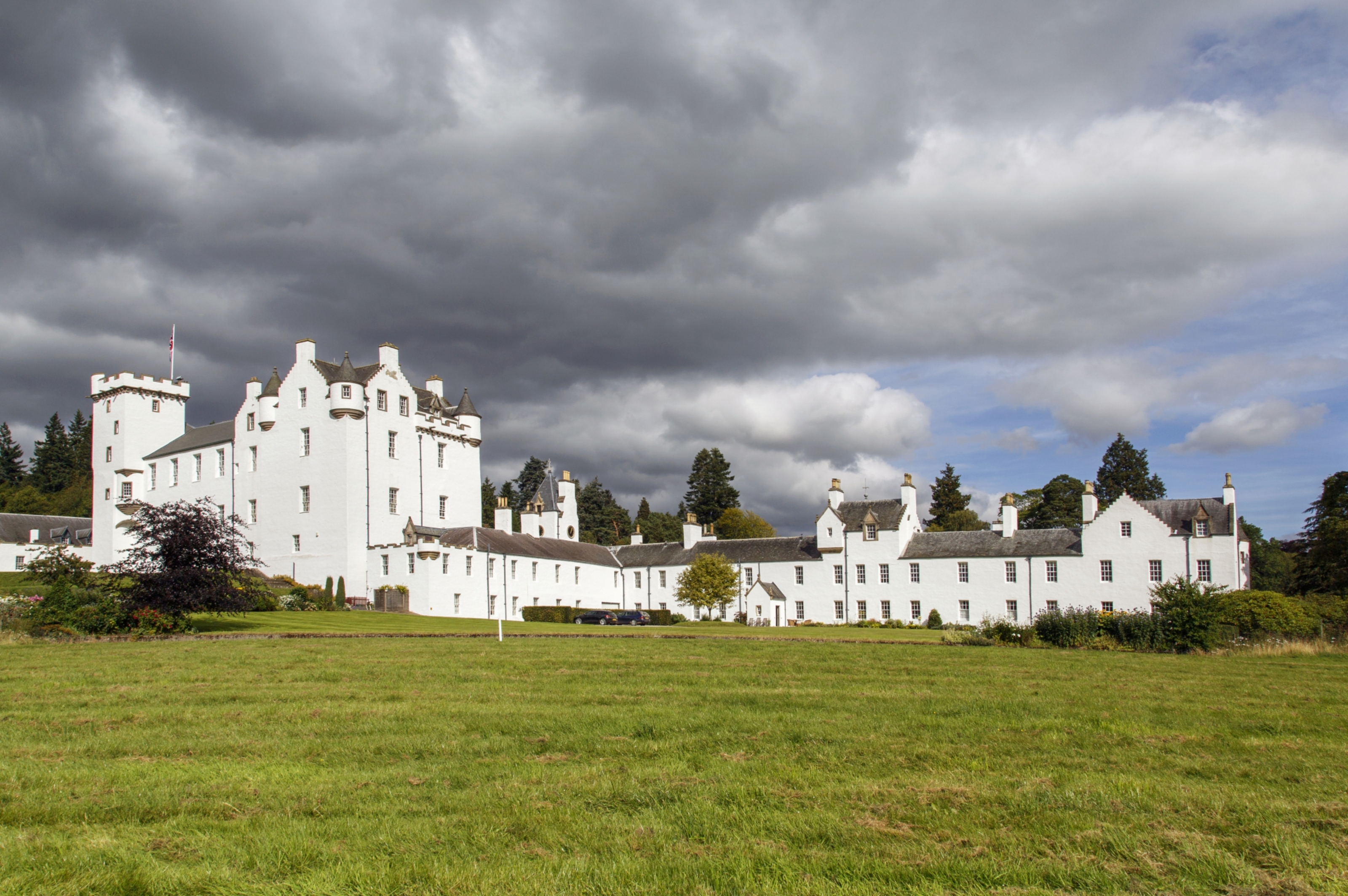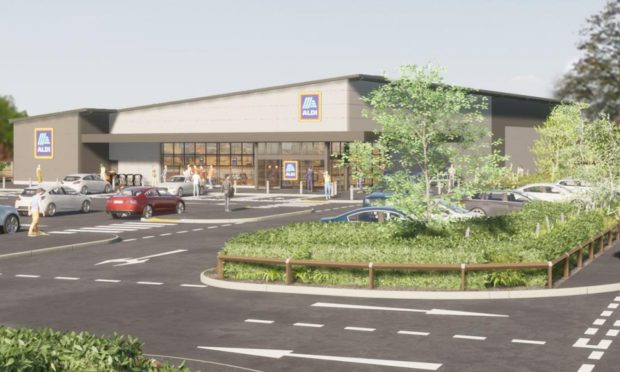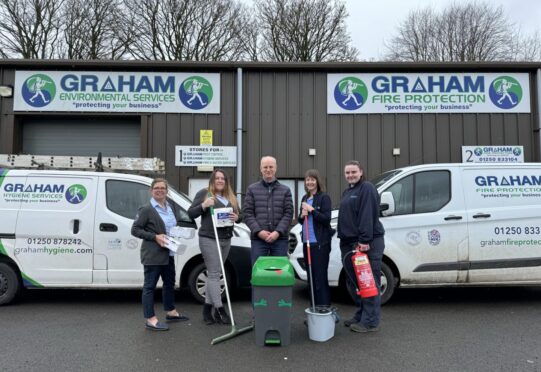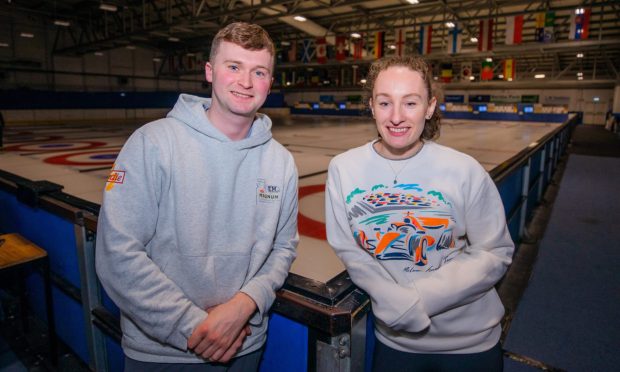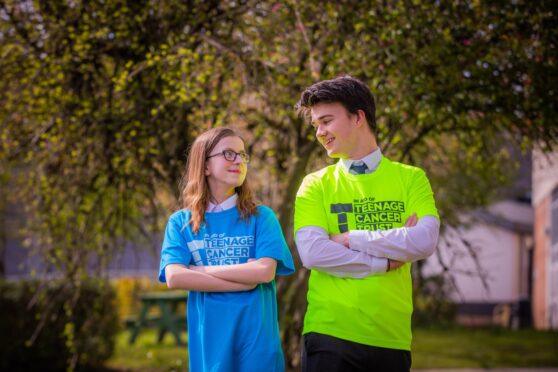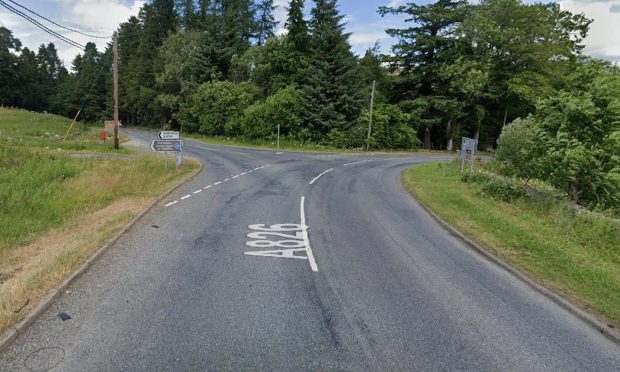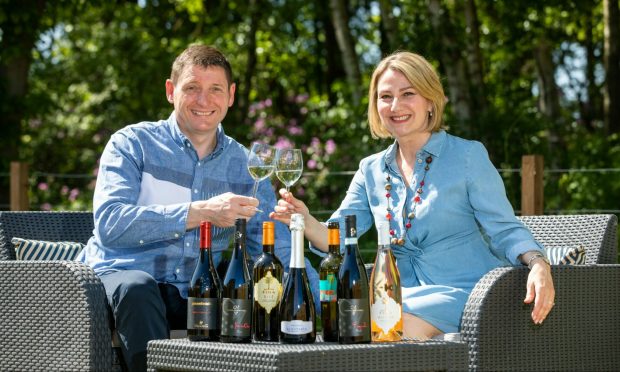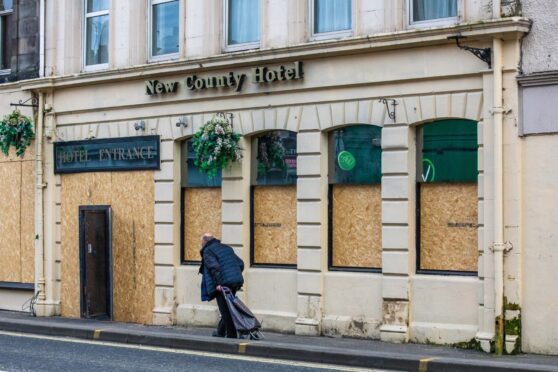In March 1746, two forces of Scots soldiers faced-off across the battlements of Blair Castle – the last time a house was besieged in Scotland.
The garrison – loyal to the government of George II – were surrounded by Scottish Jacobite Forces desperate to take the strategically important stronghold – and its arms.
The Scots loyal to the young pretender, Charles Edward Stuart, had stealthily seized outposts surrounding the castle and approached unnoticed.
Local landowner Lady Lude – angered by the plundering of her home – is said to have fired the first shot but starvation rather than force of arms was the key weapon employed by the Jacobites.
For two weeks they encircled the great house, with hardly a shot fire in anger, but as the Government soldiers came close to the end, the attackers abandoned their siege.
They had been called north to bolster the forces being gathered at Inverness by the gallant Bonnie Prince Charlie.
Within weeks many of their number were among the fallen at Culloden.
The full story of the siege is among those being told as the modern-day Blair Castle hosts a series of exhibitions to celebrate the 2017 Year of History, Heritage and Archaeology.
Weapons from the castle collection which were used at the Battle of Culloden form part of the display.
There is also a wealth of artefacts relating to the design, construction and opening of the Forth Rail Bridge.
They include old photographs, technical instruments used to draw the structure and the original visitor’s book for the bridge, which is signed by numerous heads of state.
All were donated by architect Jamie Troughton, husband of Blair Castle Trustee Sarah Troughton, whose great-great-grandfather was John Fowler, the architect of the Forth Rail Bridge.
Before turning his talents to the Rail Bridge, Fowler’s first job was equally high profile – designing the London Metropolitan Railway, the first underground railway in the World.
Blair Castle’s Julia Sim said: “Some of the original old photographs show the Rail Bridge with gaps, just like the new Queensferry Crossing had earlier in the year.
“The new bridge is now nearing completion, but the issue of just what is required to build a bridge across the expansive Firth of Forth is still newsworthy and I think visitors will find this exhibition really fascinating.”
A third major display will focus upon the restoration of the Hercules Garden in the Castle grounds along with its 18th Century statuary.
“Our Banvie Hall exhibitions are always absorbing, and attract a great many visitors under their own merit,” said Julia.
“It is a special year for us as we are all about history and heritage here at the Castle, and we have the architecture to match, as one of the most distinctive and most recognised Castles in Scotland.”
“Blair Castle is famed for the visit by Queen Victoria in 1844, and her creation of the Atholl Highlanders, the only private army in Europe, as a gesture of thanks for the guard they provided for her.
“A new edition of the history of the Atholl Highlanders, with up to date pictures of the Queen’s visit to Blair in 2015 and the Highlanders at Windsor for the Queen’s birthday in 2016, will be on sale from May.”
